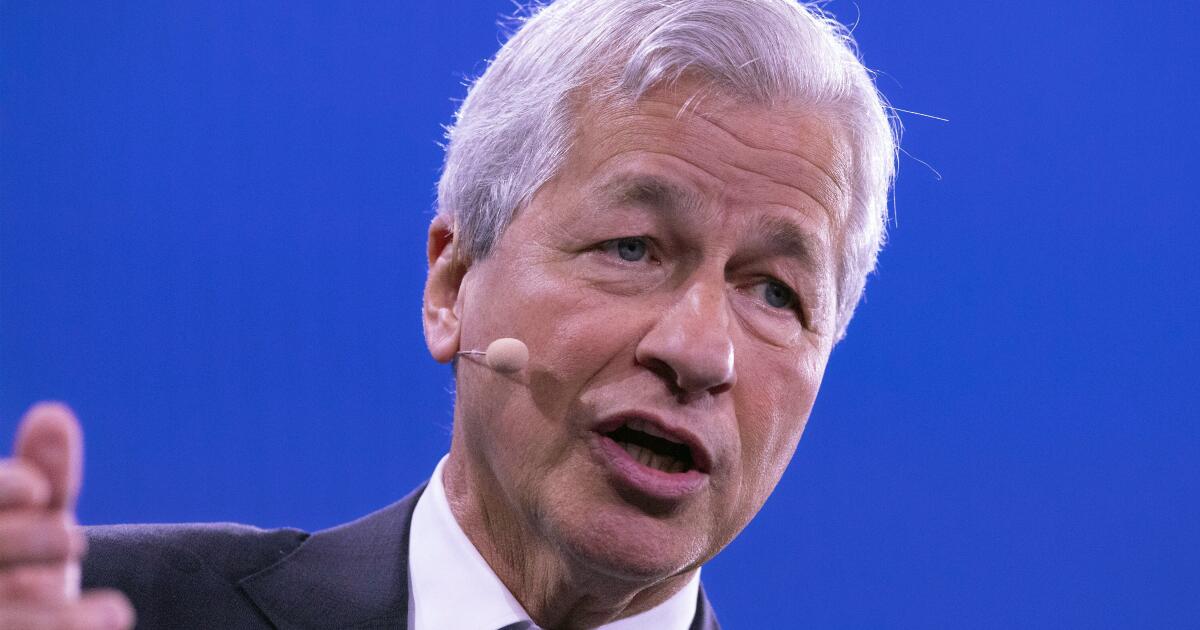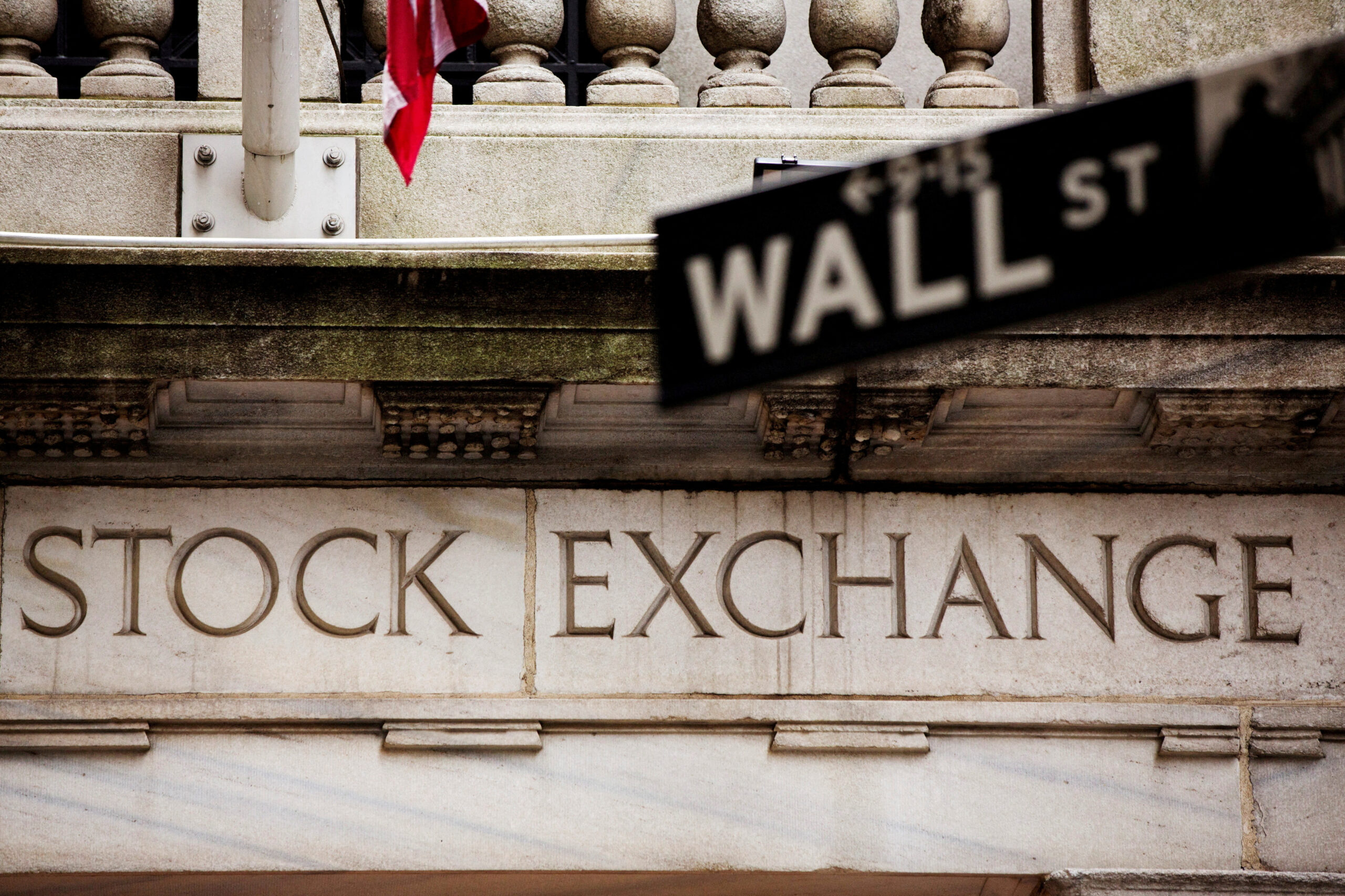The writer is a partner with Delta Strategy Group. He was previously chief economist at the Securities and Exchange Commission
Following weeks of declining prices for US regional bank stocks, short selling of equity shares is once again coming under scrutiny with calls for more regulatory oversight of the practice. In a letter to clients this past week, a major Wall Street law firm argued that the Securities and Exchange Commission should impose a 15-trading day prohibition on short sales of the stock of financial institutions. Jamie Dimon, chief executive of JPMorgan Chase, has also called on regulators to look into the behaviour of short sellers.
I was the SEC’s chief economist during the 2008 financial crisis, the last time regulators banned the practice of short selling, an investment strategy in which an investor borrows shares from long-term holders with the expectation share prices will decline. Based on my experience, I believe any new regulatory intervention banning short selling would be a huge mistake.
The SEC’s longstanding view has been that this practice plays an important role in promoting market quality and helping investors by contributing to price discovery, liquidity, risk management and by lowering the overall cost of trading and raising capital. The 2008 ban was a departure from this view.
Emergency authority was used to ban short selling in 799 financial stocks (eventually over 900 stocks). This was part of then Treasury secretary Henry Paulson’s “shock and awe” approach to the crisis, and came amid concerns that short selling was causing sudden and excessive fluctuations in share prices of financial institutions. Paulson’s aim was to alter investor perceptions, bolster confidence, stabilise markets and prevent excessive price declines in financial shares. The ban was lifted three weeks after it was imposed.
Its effects were extensively studied by SEC economists and by a number of academic researchers. The results of these studies paint a uniform picture of a policy that clearly failed any reasonable cost/benefit test. The ban failed to slow the decline in the price of financial stocks and many market participants were harmed without any offsetting benefit. The studies showed the ban worked in at least one way: shorting activity declined significantly for affected stocks.
Importantly, these studies revealed that the premise for the ban — that short sales were more aggressive than the sales made by those holding shares and wishing to dispose of them — was mistaken. They also showed that short selling of financial shares was more intense in rising markets, not falling ones.
Furthermore, the studies found the ban was counterproductive, as it led to a severe degradation in market quality by increasing intraday stock price volatility, reducing market liquidity, increasing bid-ask spreads and price impacts, reducing pricing efficiency and increasing trading costs. It led to a substitution of other instruments to gain short exposure, such as equity swaps or credit default swaps. The studies documented impaired arbitrage and hedging processes caused by the ban leading some traders to unwind their positions, resulting in additional selling pressure on financial shares.
Finally, many exchange traded funds that depend on short exposure halted the creation of new shares. The result was many ETFs trading at a premium to their net asset value since there were no new shares created to meet demand.
The compelling body of evidence documenting the harmful effects of the 2008 ban led leaders at that time to conclude it had been counterproductive. As the then chair of the SEC, Christopher Cox, was preparing to leave the agency, he said agreeing to it had been his biggest mistake. Today’s SEC should review the lessons of 2008 and make sure it does not get pressured into repeating the error.
Letter in response to this article:
A short seller’s bear necessities / From Paul Fellerman, London NW7, UK
A ban on short selling is a bad idea

